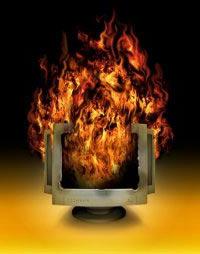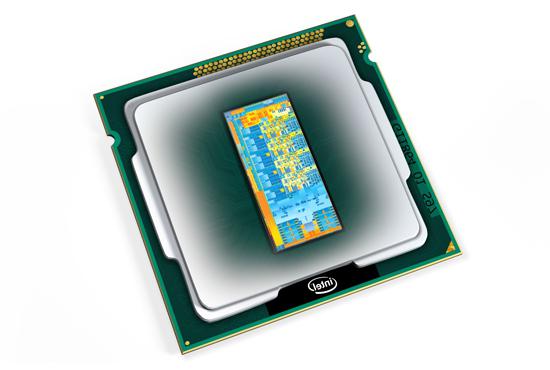Why is the processor required?
The processor is rightfully considered the heart of anypersonal computer. It is thanks to him that he makes thousands of his operations, which the average user does not even guess. To date, the market of components there are thousands of all kinds of models. On many of them such strange for the inhabitant designations as: "processor capacity" or "clock frequency" etc. are attributed. So what is it?
Each processor has a number ofThe characteristics by which and its capabilities are determined. The first step is the processor capacity. This parameter has a number of additional characteristics:
- bit registers;
- the bus width of the processor itself;
- the width of the memory bus.
The processor register is one of those billionstransistors, which is located 0 or 1. In essence, this is a type of very fast RAM. Performing the most common addition operation, two registers act as the operand, and the logical result moves to another cell (register). In other words, the processor capacity is the number of bits that the processor can process per clock. This is what makes it necessary to create programs that run either in 32-bit systems, or in 64-bit systems. To date, a 64-bit processor can be found at every step, because all of them are released as such, but they also have an additional mode - a compatibility mode capable of running 32-bit programs.
The processor core and the north bridge connectsis the main processor bus. Directly to the north bridge through the memory bus and graphics controller is connected a video card, RAM. To date, the development of the memory bus has reached its limit, since further growth can only lead to synchronization problems that would occur when all the bits are transmitted simultaneously.
As for the memory address bus, it sends an address through which the memory cell is located, where a record or read will be made.
Another main characteristic of the processoris its clock frequency. This parameter determines the speed with which the processor can perform the tasks assigned to it. The clock frequency of each processor is measured in hertz, as well as in its derivatives MHz (MHz) and gigahertz (GHz). If the processor runs at a clock speed of 2 GHz, then it can perform up to 2 billion operations per second.
The processor frequency is set by the clock generator,which is on the motherboard or is integrated into the crystal itself in the set of system logic. Conditionally, such a generator is a piece of quartz, located in a tin casing. An alternating voltage is applied to it, which is why a current of exactly this frequency arises. The frequency depends directly on the shape and magnitude of the quartz and, of course, on the voltage applied to it. The lower the frequency, the higher the voltage is applied. To supply less voltage, you need a thin processor.
In order to determine the processor capacity, andas well as its clock frequency, you can use small utilities that will display all the information on the screen without any problems. In addition, there are a number of other utilities that can increase the clock speed of the processor, since initially all processors have a frequency slightly lower than possible. This is done in order to extend the life of the processors and give overclockers (amateurs of overclocking) the opportunity to do what they like. But any "overclocking" of the processor is very dangerous and requires special skills, otherwise instead of speeding up the work, you can simply disable it.
</ p>







